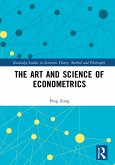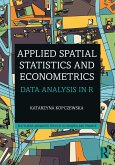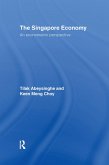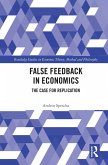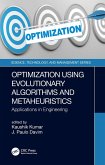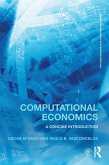From this numerical work emerges the 'need' to introduce counting techniques, permutations, combinations and the binomial theorem. In a similar way the necessity for probability is shown and the basic ideas are developed intuitively. A final short chapter shows how these ideas can be formalised within an axiomatic system. In all cases, simple intuitive ideas are taken as a starting point and then discussion leads to the final formalization. As concepts are introduced the language of statistics is developed. A large number of examples is used and they are all worked in full detail. Occasionally the reader is placed in a problem situation and invited to attempt his own individual solution before reading on to match his own attempts to other solutions. It is hoped that motivation of this sort will lead the reader to develop greater sensitivity than would otherwise be the case. This is an important read for students of statistics, mathematics and economics.
Dieser Download kann aus rechtlichen Gründen nur mit Rechnungsadresse in A, B, BG, CY, CZ, D, DK, EW, E, FIN, F, GR, HR, H, IRL, I, LT, L, LR, M, NL, PL, P, R, S, SLO, SK ausgeliefert werden.



